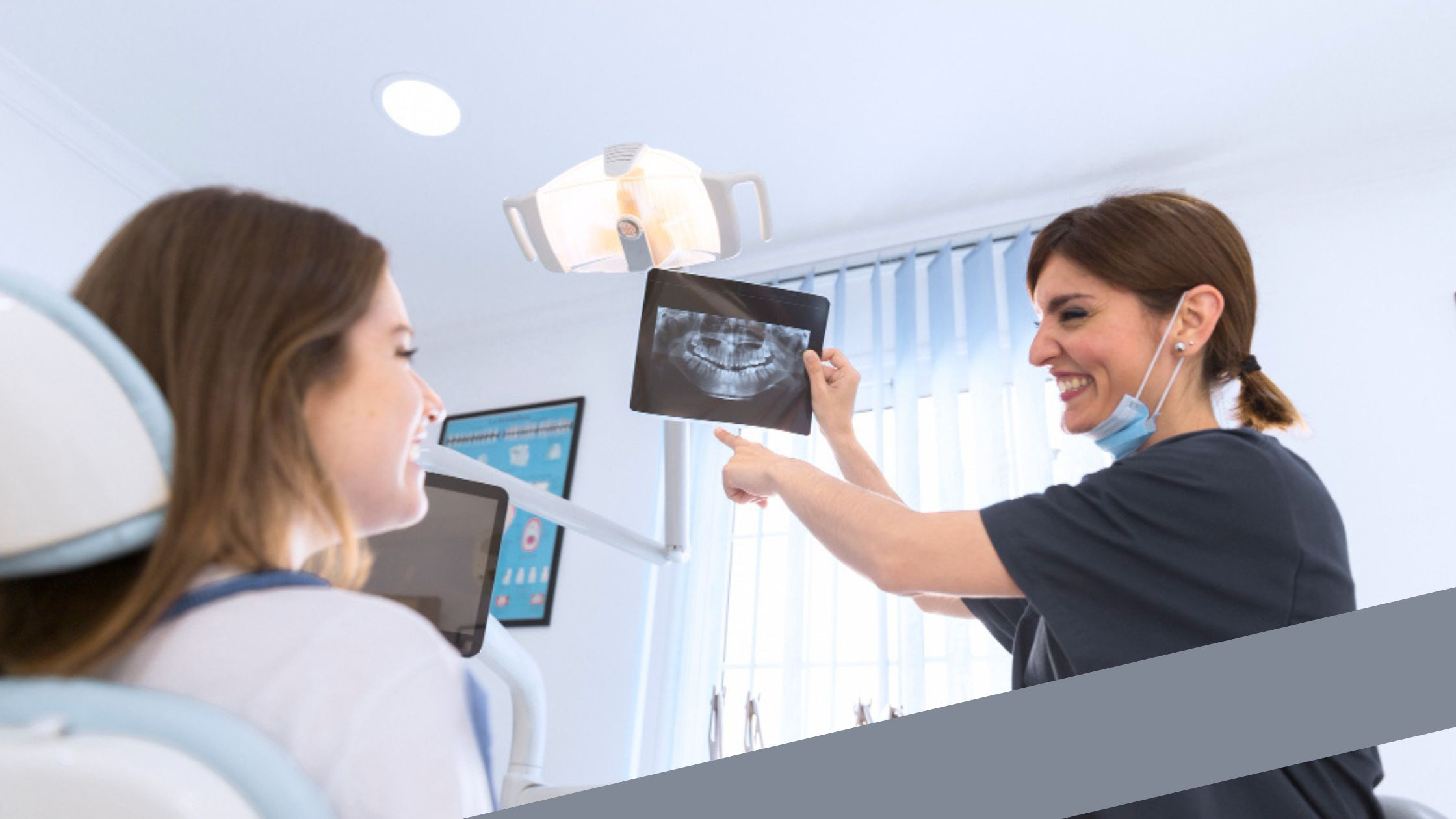Dental X-Rays: Why They Are Important for Diagnosis
Posted on June 19, 2024 by Admin

Dental X-rays, a cornerstone of modern dentistry, play a pivotal role in diagnosing various oral health issues. From detecting cavities hidden between teeth to assessing bone health and monitoring overall oral wellness, dental X-rays offer invaluable insights that are often unseen to the naked eye. In this comprehensive guide, we delve into the nuances of dental X-rays, exploring their types, benefits, safety measures, and advancements shaping the future of dental radiography.
Understanding Dental X-Rays:
Dental X-rays, also known as radiographs, are images of your teeth, bones, and surrounding tissues that help dentists diagnose and treat oral health conditions. They utilize low levels of radiation to capture detailed images, allowing dentists to identify problems that may not be visible during a regular dental exam. These images provide a vital tool for accurate diagnosis and treatment planning.
Types of Dental X-Rays:
Periapical X-rays: These focus on one or two specific teeth, capturing the entire tooth from crown to root. They are useful for detecting abnormalities in the tooth's structure and surrounding bone.
Panoramic X-rays: Offering a broad view of the entire mouth, including teeth, jaws, sinuses, and nasal area, panoramic X-rays are valuable for assessing overall oral health and planning treatments such as orthodontic care or dental implants.
Occlusal X-rays: These provide a detailed view of the floor of the mouth, showing the bite of the upper or lower jaw. They are particularly helpful in diagnosing developmental issues and assessing the placement of teeth.
Benefits of Dental X-Rays:
Early Detection of Dental Problems: Dental X-rays can reveal cavities, gum disease, infections, and other oral health issues in their early stages when they are easier to treat.
Treatment Planning: By providing detailed images of the teeth and surrounding structures, X-rays help dentists develop precise treatment plans tailored to each patient's needs.
Monitoring Oral Health: Regular X-rays allow dentists to monitor changes in oral health over time, enabling them to intervene promptly if any issues arise.
Enhancing Patient Education: X-ray images provide visual evidence of dental problems, helping patients understand the importance of treatment and preventive care.
Safety Measures:
While dental X-rays are generally safe, dentists take precautions to minimize radiation exposure.
These include:
Using lead aprons and thyroid collars to shield the body from radiation.
Employing digital X-ray technology, which reduces radiation exposure by up to 80% compared to traditional film X-rays.
Following guidelines established by the American Dental Association (ADA) and the U.S. Food and Drug Administration (FDA) regarding the frequency and necessity of X-ray exams.
Advancements in Dental X-Ray Technology: Recent advancements in dental X-ray technology have revolutionized the field of dentistry, making imaging faster, safer, and more accurate. Some notable innovations include:
Digital Radiography: Digital X-ray sensors produce high-quality images that can be viewed instantly on a computer screen, eliminating the need for film processing and reducing radiation exposure.
Cone Beam Computed Tomography (CBCT): CBCT technology provides detailed 3D images of the teeth, jaws, and surrounding structures, offering unparalleled diagnostic capabilities for complex cases such as implant planning and orthodontic treatment.
Caries Detection Devices: These handheld devices use fluorescence or laser technology to detect cavities at the earliest stages, allowing for minimally invasive treatments.
Conclusion:
Dental X-rays are indispensable tools in modern dentistry, enabling dentists to diagnose, treat, and monitor oral health conditions with precision and efficiency. By understanding the different types of X-rays, their benefits, safety measures, and technological advancements, patients can make informed decisions about their dental care and work collaboratively with their dentists to achieve optimal oral health. As technology continues to evolve, the future of dental radiography holds promise for even safer, more accurate, and more effective imaging solutions.
Faqs
-
1. How often should I have dental X-rays taken?
Typically every 2-3 years for adults, depending on individual needs.
-
2. Are dental X-rays safe?
Yes, with precautions like lead aprons, they're considered safe.
Avoid in the first trimester if possible, but if necessary, precautions can be taken.
-
3. What about metal implants or braces?
Yes, inform your dentist; they'll adjust techniques accordingly.
-
4. Are there alternatives to traditional X-rays?
Yes, digital radiography and CBCT offer reduced radiation exposure and better imaging.
-
5. Do dental X-rays detect oral cancer?
While not primary, X-rays may sometimes reveal signs of oral cancer.
-
6. Can I refuse to have dental X-rays?
Yes, patients can refuse, but discussing concerns with the dentist is recommended.
Recent Post
- The Importance of Oral Health Education for Children
- How to Choose the Right Orthodontic Treatment for Adults
- The Link Between Oral Health and Stroke Risk
- How to Address and Prevent Gum Recession
- Innovations in Dental Anesthesia: Pain-Free Procedures
- The Role of Saliva in Oral Health: Functions and Disorders
- Exploring Holistic Dentistry: What You Need to Know
- How Oral Health Affects Your Immune System
- The Benefits of Using Dental Probiotics
- Oral Health and Pregnancy: Myths and Facts